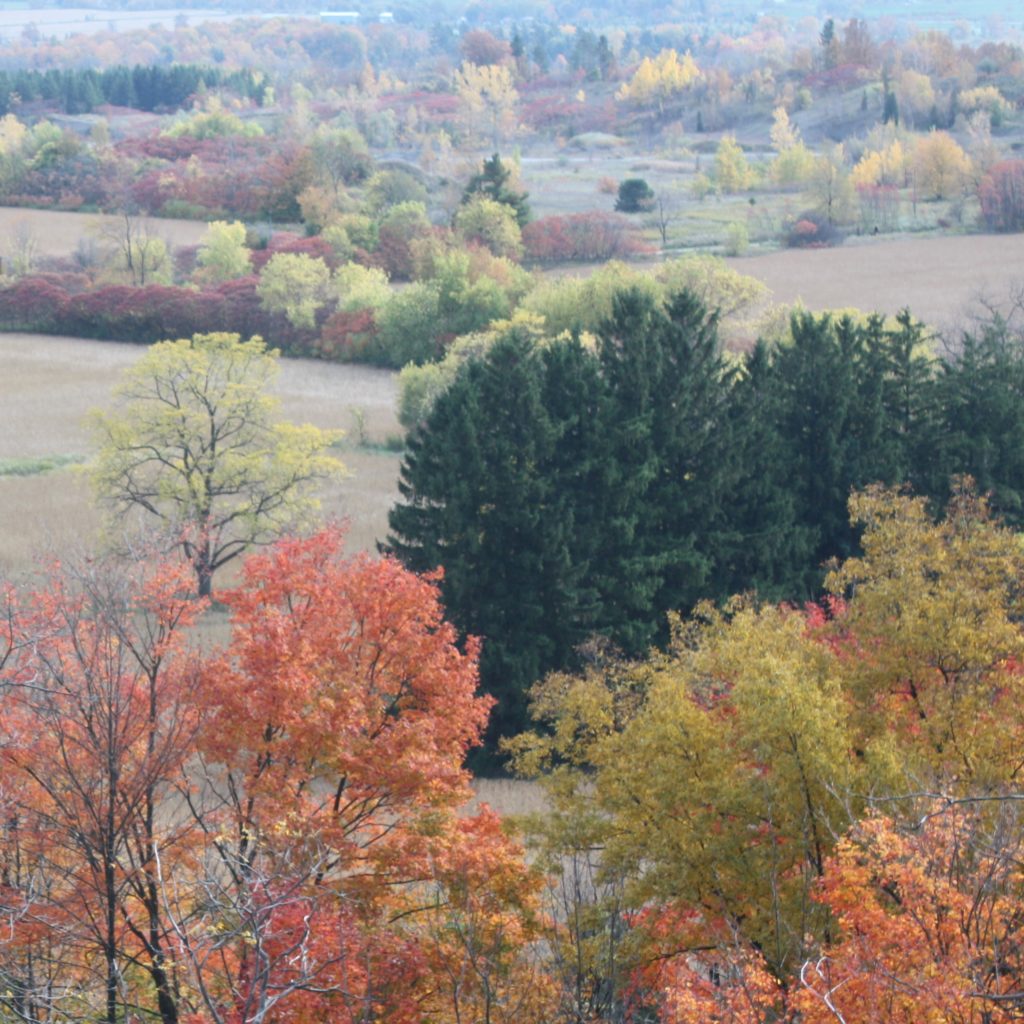Why is protecting open space so hard?
One can think of numerous reasons:
- There are limited funds available for purchase of land or purchase of conservation easements
- There are few willing sellers
- The public is not interested
- Protection of open space is viewed as a “taking” of land value.
This is a bit like saying that emperor has no clothes for many reasons: he has no pants; he has no shirt; he has no hat; he has no shoes. These observations are a list of symptoms, not a diagnosis of cause. There is something happening at a deeper level that explains the details, and that something is financial.
It is time to study−and challenge−the financial environment that makes open space protection difficult.
The biggest problem: biased financial incentives
The answer is simple: it is about money; people make money on unprotected land. They use it for urban, suburban, and commercial development, and they use it for resource extraction. These are profitable endeavors, in which developers essentially mine open space, a non-renewable resource, for money.

Open space protection is not profitable. Therein lies the problem. In financial terms, it is not a level playing field.
Fill it in, fill it up
Open space is disappearing all around us. The process is simple: everything (almost) happens around roads. A new road invades a previously open space. Then come the homes, warehouses, oil wells, or whatever⚊filling the land with whatever the land itself and the developer favor.
The alternative
Pay for the space that you fill. At first glance, this is its own puzzle: what is the value of space? Who do you pay? The answers lie in one word: measurement.
You can’t manage what you can’t measure.
⚊ Peter Drucker
Space is not area, as we explain at some length on another page.